How Tracking Changed in 2021 + Whats New With Elevar in 2022
2021 brought a significant # of changes to the world of tracking. See how Elevar evolved and plans to help brands in 2022.
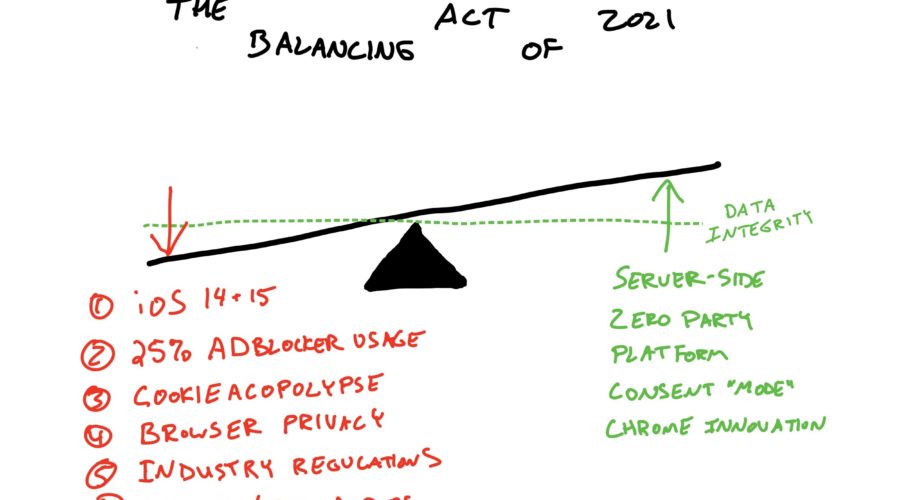
2021 brought a significant # of changes to the world of tracking.
While most were framed as privacy protection for users, many also made the lives of these same “users” trying to run businesses more difficult:

Here’s a quick list of changes followed by enhancements that Elevar rolled out to support you.
- iOS15 adoption hits 63% in December
- Safari forces 24 hour cookie expiration for trackers (e.g. links from FB, etc)
- Facebook Events Manager UI changed what seemed to be monthly
- Shopify released Shopify Audiences into beta in July
- Google Ads launches support for server-side tracking in summer
- Safari downgrades referring domain; so referrals from blog.yoursite.com/article-name-here will have landing page of yoursite.com in Google Analytics (yes, no page path)
- TikTok releases their own server-to-server Events API into beta
- Shopify TikTok integration attribution breaks on Sept 13 due to customer privacy sharing changes
- GA4 comes out of beta
- Shopify opens unified checkout to upsell and subscription solution providers
- Google Consent Mode integrations released to balance user choice and anonymous conversion tracking
- Chrome pushes blocking of third-party cookies from 2022 until 2023
- AdBlocker usage goes up to 25% of internet users (source)
- Safari hides IP address in requests to known trackers (e.g. FB, etc)
- Apple blocks email opens in Apple Mail app
- Apple releases Hide My Email in Sept
- Apple launches email open tracking prevention
- Chrome releases Attribution Reporting API
- Chrome holding steady at 65% of estimated market share
- Firefox blocks tracker and analytic third party cookies by default
That’s quite the mouth-full!
The trends are simply:
- Friction on the “old way” of collecting data and tracking conversions
- Channels rapidly advancing new ways to send data in a privacy compliant way
Here’s a summary of changes that Elevar rolled out in 2021:
Server-Side Source & Destinations
Any non-technical marketer can now launch their own server-side tracking inside the Elevar dashboard for a growing list of destinations:
- Facebook CAPI
- Google Analytics
- Impact
- TikTok
- Voluum
- Google Ads
- More coming…
When utilizing Elevar’s fully managed server-side setup, you manage everything in-app:
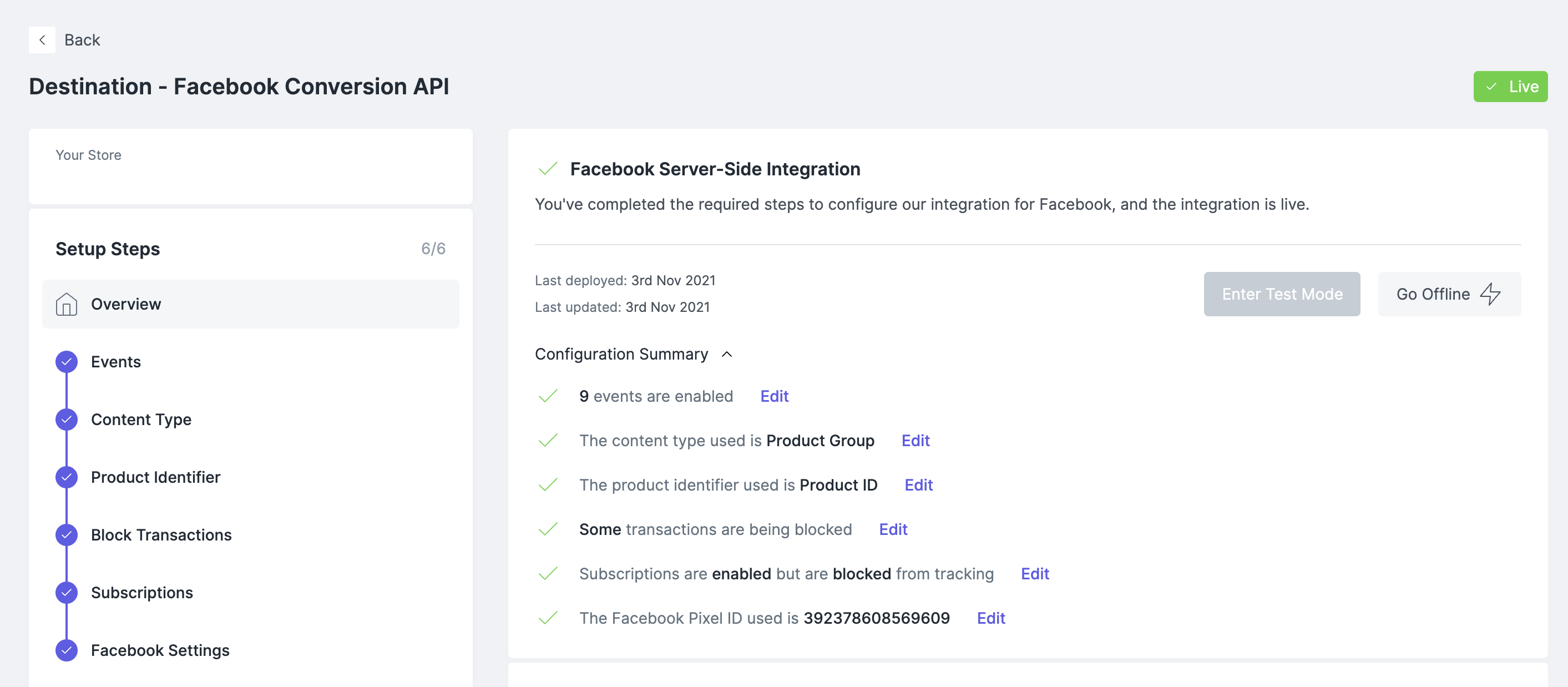
However if you prefer to DIY and run your own GTM server-side container then we give you the power to roll this out as well. You simply import and configure GTM containers we provide that map to our data layer listener and webhook.
Each destination uses a combination of data from your website (e.g. pageviews, product views, etc) and data generated by Shopify webhooks (i.e. purchases).
The power of utilizing webhooks ensures:
- All online store orders are captured since they are managed outside of the browser
- All Shopify channel orders can be sent to your destination. For example you can send FB/IG Shop, Draft Orders, Subscriptions, etc.
With 2022 likely to bring more “offline” or “offsite” conversions that happen outside your typical online store flow, it will be important to capture these and send to each marketing channel and analytics.
Data Layer Updates
We had 9 version updates in 2021 to adapt to industry, privacy, and Shopify changes.
Here are a few callouts:
- Compatible with Shopify 2.0 themes
- Cookie values for GA, Facebook, and other channels are stored in data layer and set on orders via Order Notes
- UTM parameters stored for use across site
- Unique user_id parameter added for use in server-side tracking
- Sitewide add to cart support on landing pages, quick views, etc
- Performance improvement by reducing total size of javascript
- Updates to view_item_list event for 3rd party integrations
Google Analytics
When iOS14.5 rolled out we saw a significant # of brands moving back to Google Analytics for attribution support:
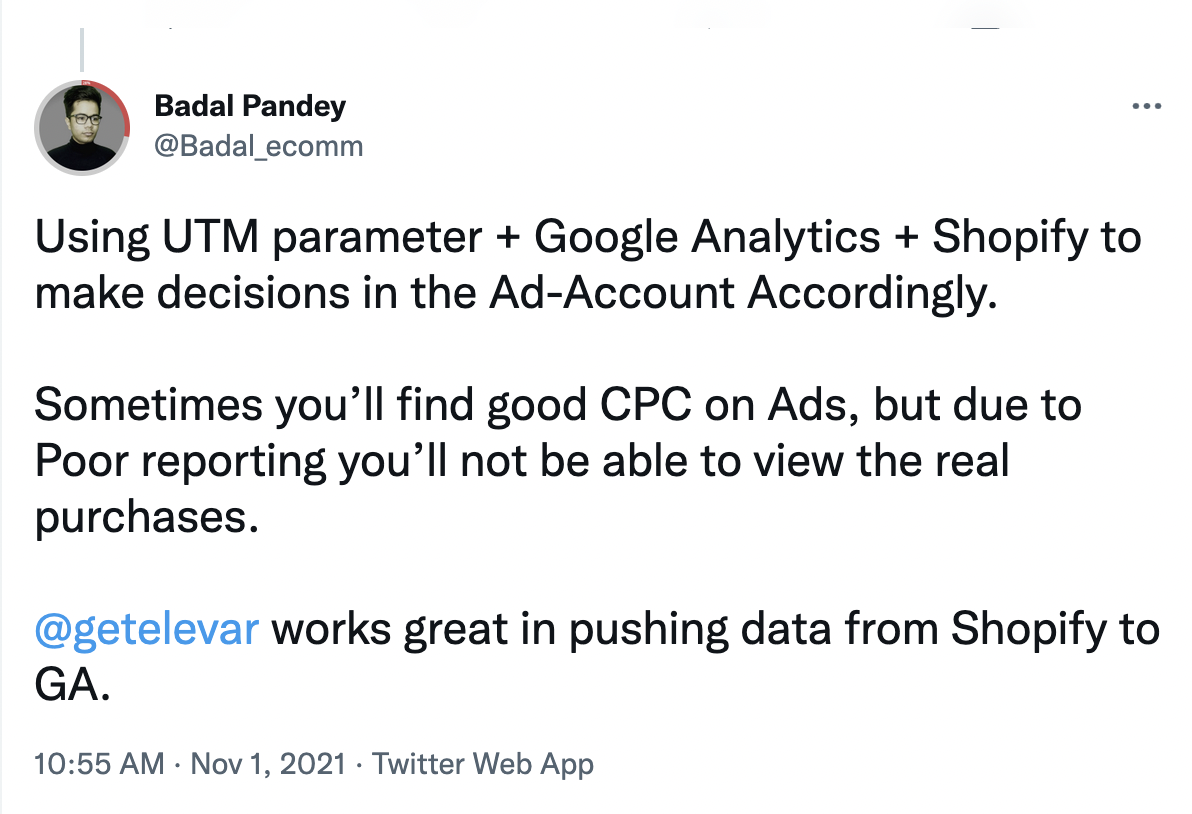
Even though we had server-side tracking for GA purchase events, many still found GA to significantly under report conversions from their paid channels.
They were still seeing a large % of:
- Organic
- Direct
- Referral
- Affiliates
So we added the option to give you control to override the “last touch” UTM params to instead use the UTMs that Shopify had stored on the users’s first session.
This allows brands to override attribution like:
- Chrome extensions that search for coupons in checkout and reset user session
- Paid search sessions that reset to organic traffic
- Users searching for deals and clicking back through site via coupon/affiliate sites
- etc
This article goes into more depth on this in addition to 5 before/after examples.
For our customers utilizing subscriptions, we now support all subscription platforms without any additional setup.
Plus you can choose how your recurring orders are attributed in GA:
- Use original attribution from the 1st order
- Set a custom source/medium on recurring orders
- Block recurring orders
Post-Purchase Upsell Support
This was an update that took a lot of brands by surprise in Q4.
Some were forced to migrate from the offsite checkouts (Zipify, Carthook) to the unified checkout.
However Shopify did not have a way to add tracking to the upsell landing page post-purchase until November.
This guide walks through how to configure your own Upsell purchase funnel using a combination of client-side and server-side tracking.
Channel Monitoring & Real-Time Alerts
We now compare and monitor all of your conversion events running through our server-side tracking.
The way it works is simple:
- We look at your source of truth (Shopify orders)
- We look at the count of successful responses from your channel (i.e. Facebook CAPI, Google Analytics API)
- We compare to get a %
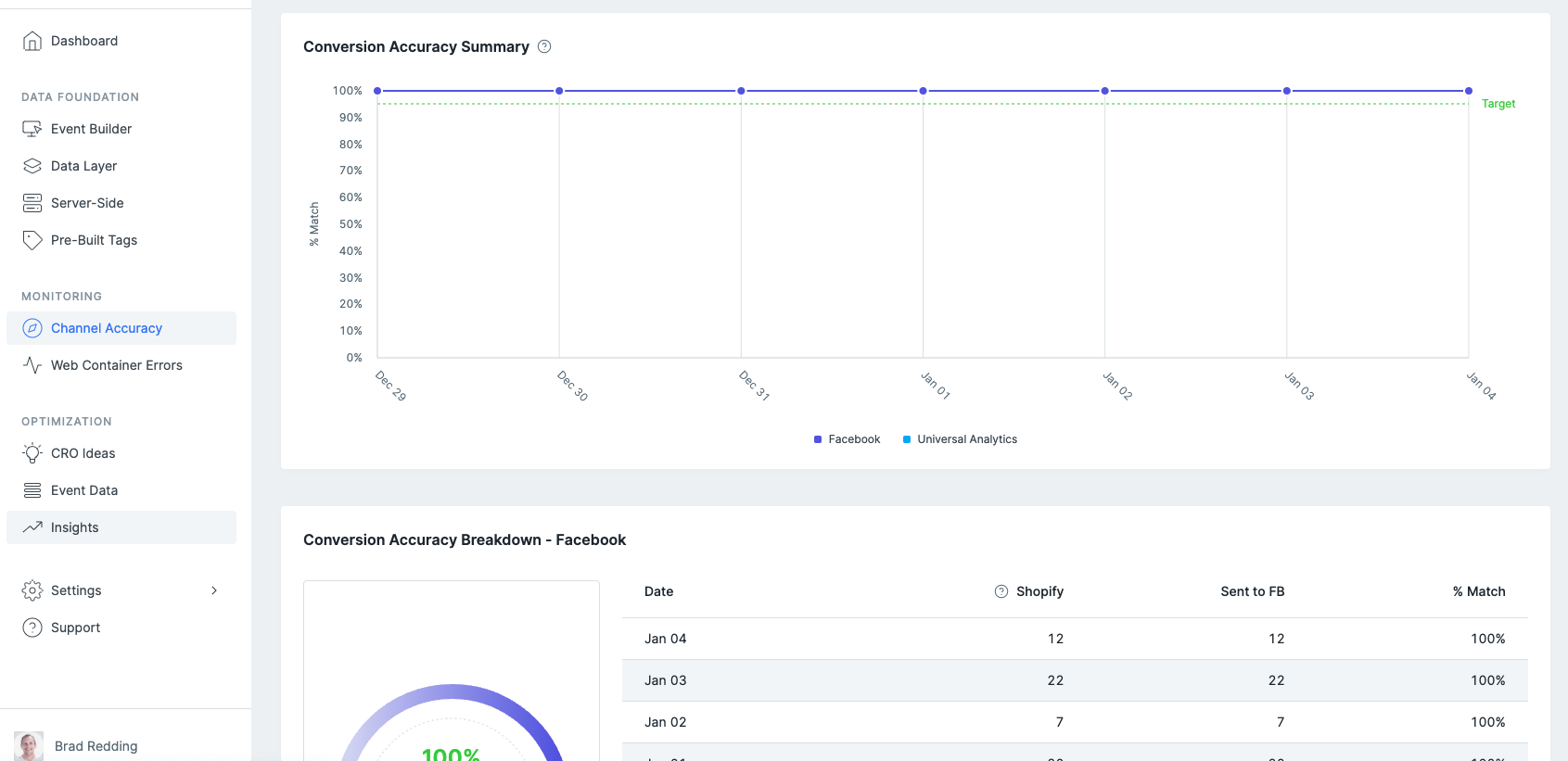
If you fall below 95% accuracy then we send you an alert.
In addition to real-time alerts we are now also sending a weekly digest that rounds up your conversion accuracy.
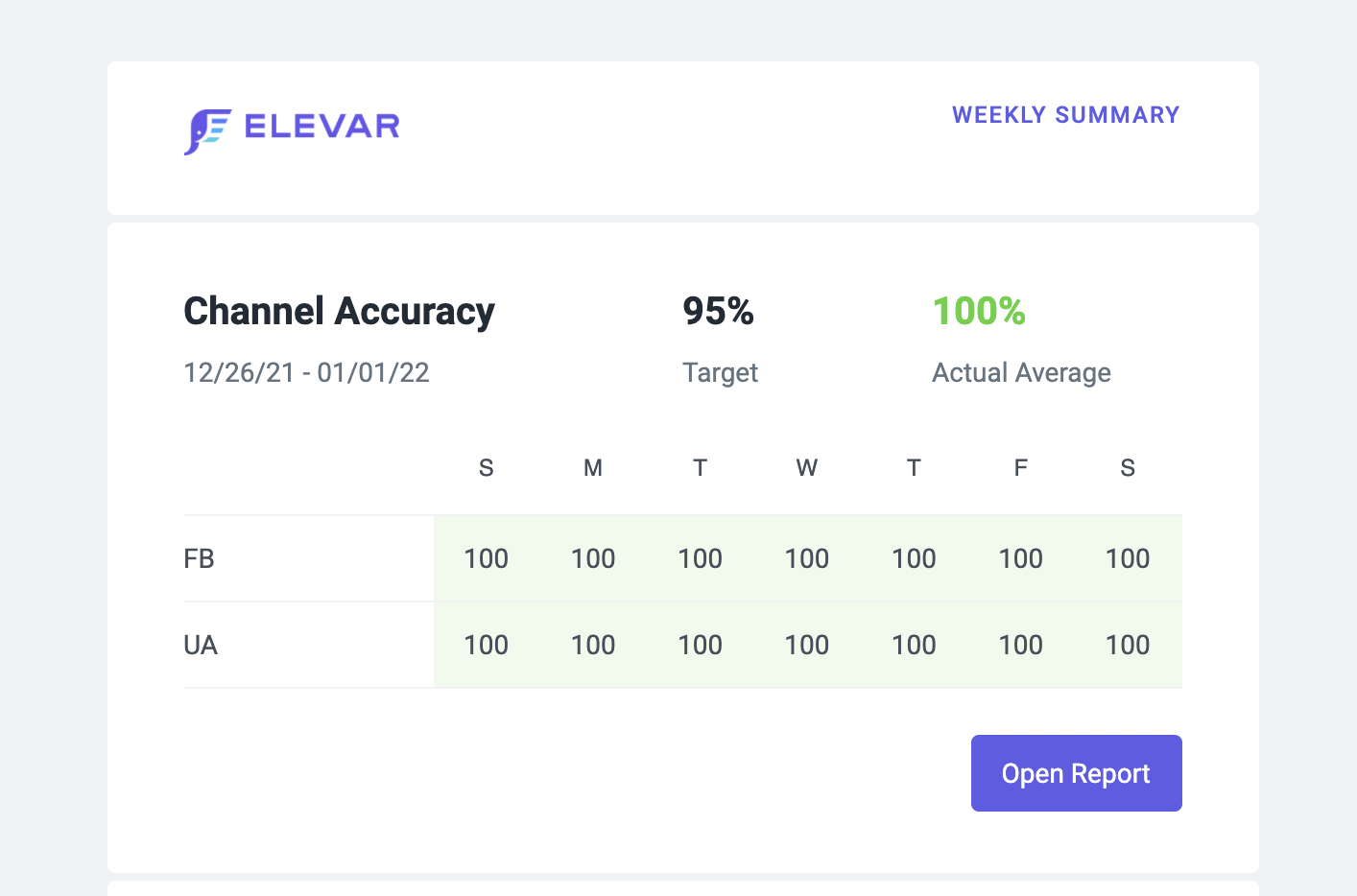
What To Expect in 2022
More server-side destinations, more flexibility to DIY inside your Elevar dashboard, and more advancement in how we help our customers manage their attribution and analytics reporting.
Have a feature request? Send it to [email protected]!
Thank you so much for your support in 2021 – we are grateful for you.
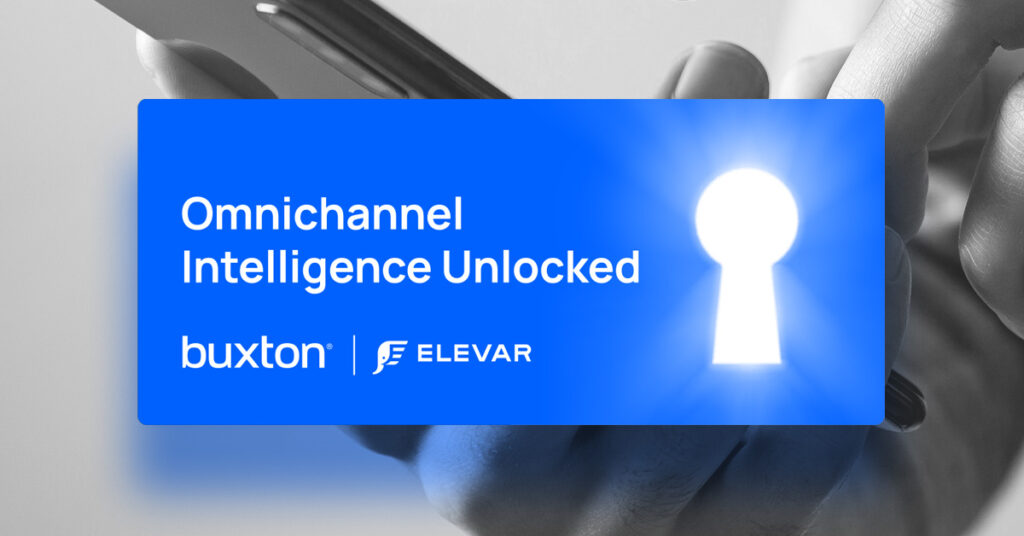
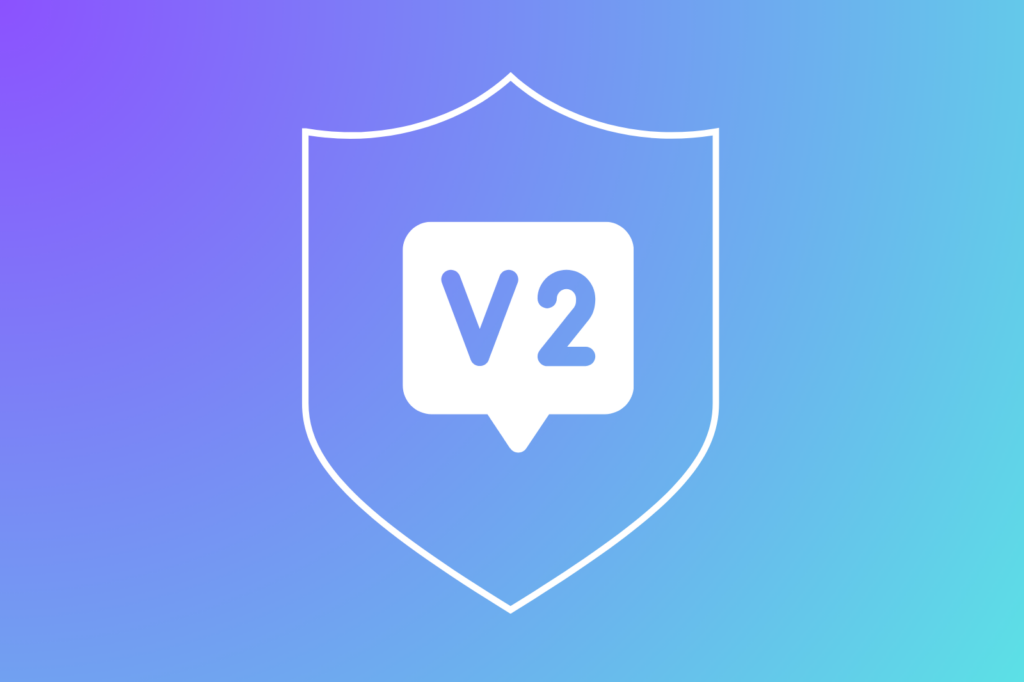
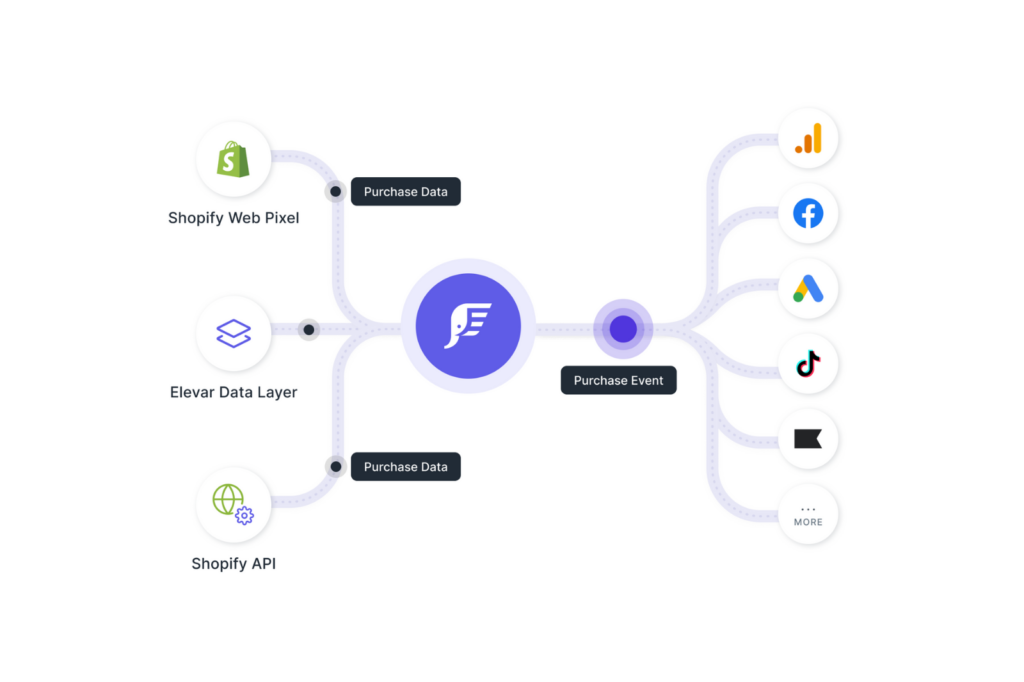
Leave a Reply